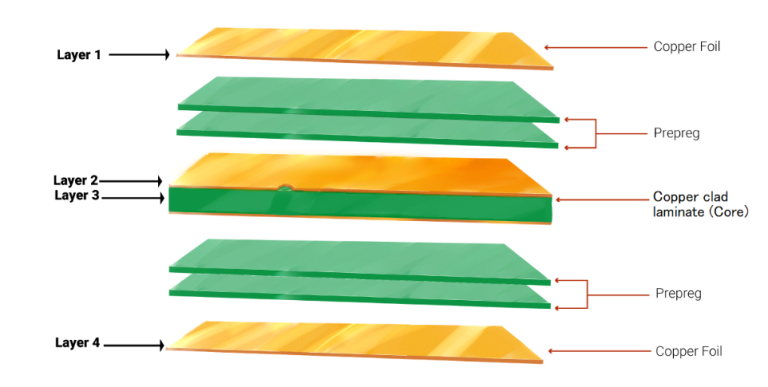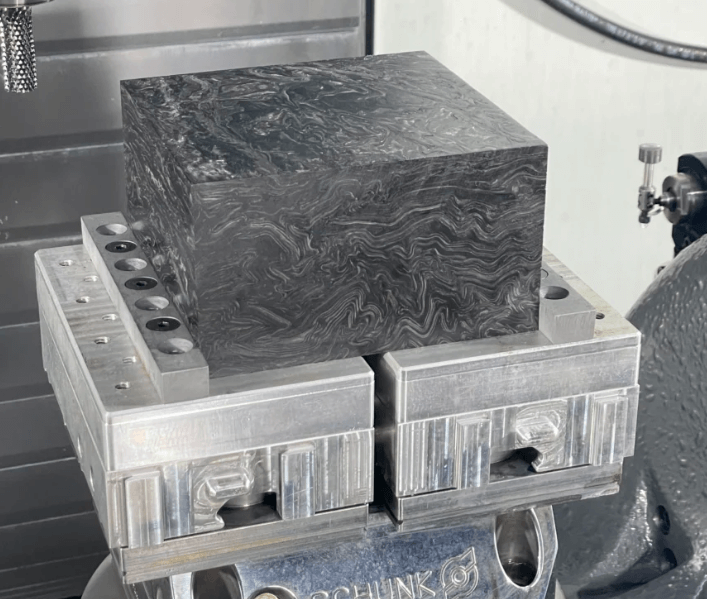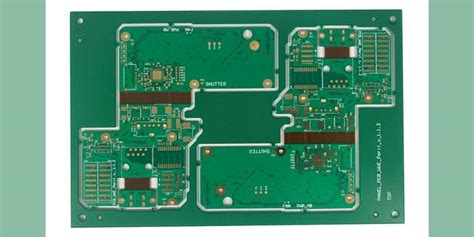What is the impact of the number of layers of PCB circuit boards on performance
The number of layers of PCB (printed circuit board) has many effects on its performance, mainly including the following points:
Signal integrity:
Multilayer PCBs can provide better signal integrity, especially in high-frequency applications. Through reasonable stacking design, signal interference and crosstalk can be reduced, and signal clarity and stability can be improved.
Power and ground planes:
Multilayer PCBs can usually design dedicated power and ground layers, which helps to reduce the impact of power supply noise and ground loops, provide a more stable power supply, and improve the overall performance of the circuit.
Wiring density:
As the number of layers increases, the wiring density of the PCB can also be improved. This means that more connections can be achieved in a smaller area, which is suitable for complex circuit design and reduces the congestion of wiring.
Thermal management:
Multilayer PCBs can manage heat distribution more effectively. By designing a heat sink layer or using thermal conductive materials, it can help dissipate heat, prevent components from overheating, and improve reliability.
Electromagnetic compatibility (EMC):
Multilayer PCBs can improve electromagnetic compatibility and reduce electromagnetic interference (EMI) through reasonable stacking and shielding design, making the circuit more stable in a complex electromagnetic environment.
Manufacturing cost:
Although multi-layer PCBs have advantages in performance, their manufacturing costs are usually higher. The design and production process is more complicated and may require higher material and processing costs.
Design complexity:
The design of multi-layer PCBs is relatively complex, and issues such as signal transmission, impedance matching, and power distribution between layers need to be considered, which increases the difficulty and time of design.
In short, the number of layers of a PCB has a significant impact on the performance, reliability, and manufacturing cost of the circuit. When designing, the choice of the number of layers needs to be weighed according to the needs of the specific application.







